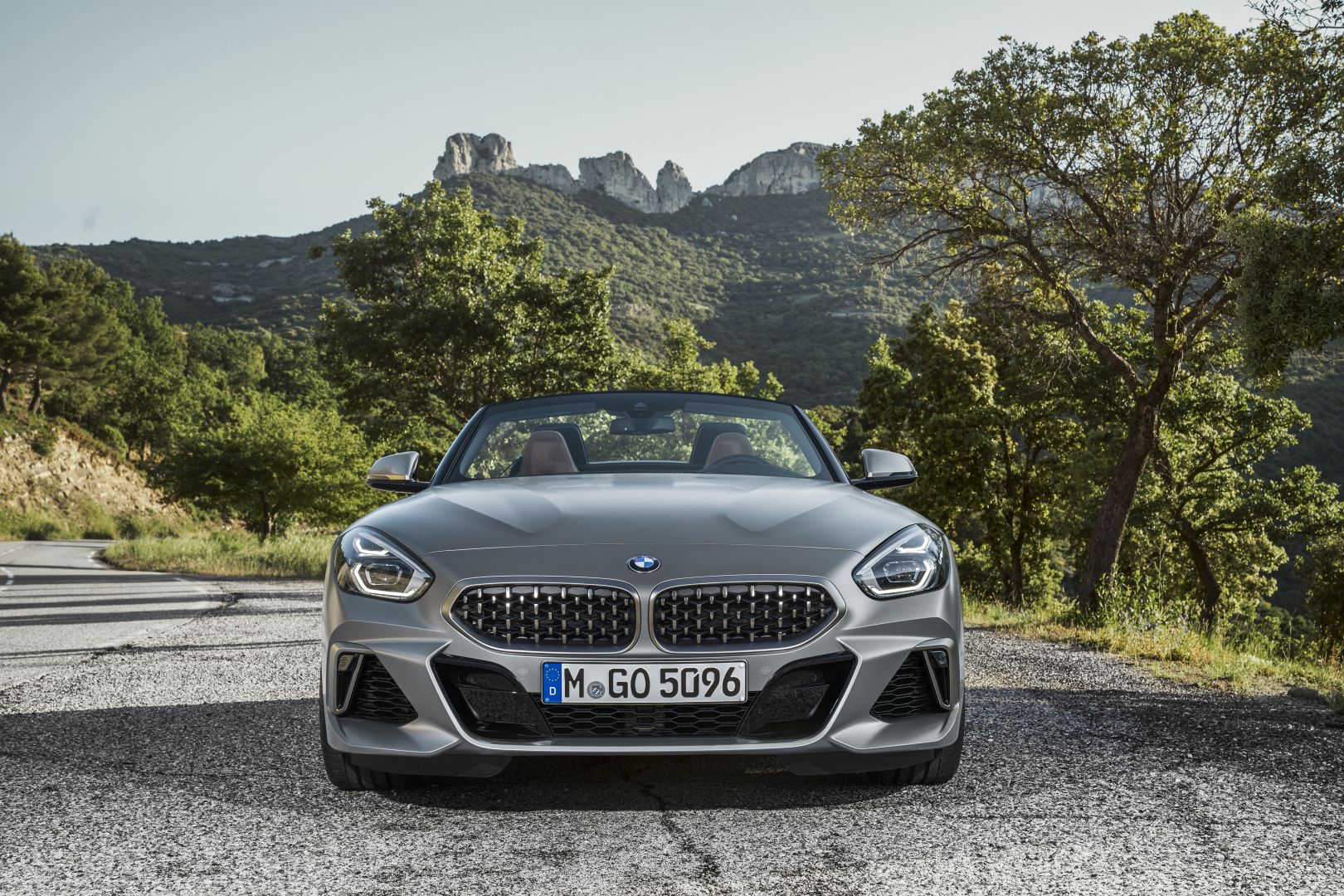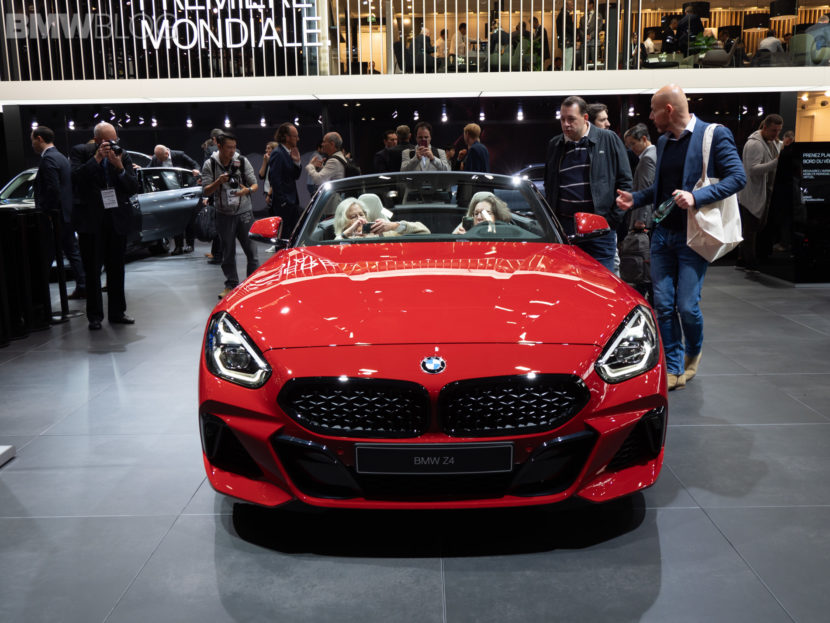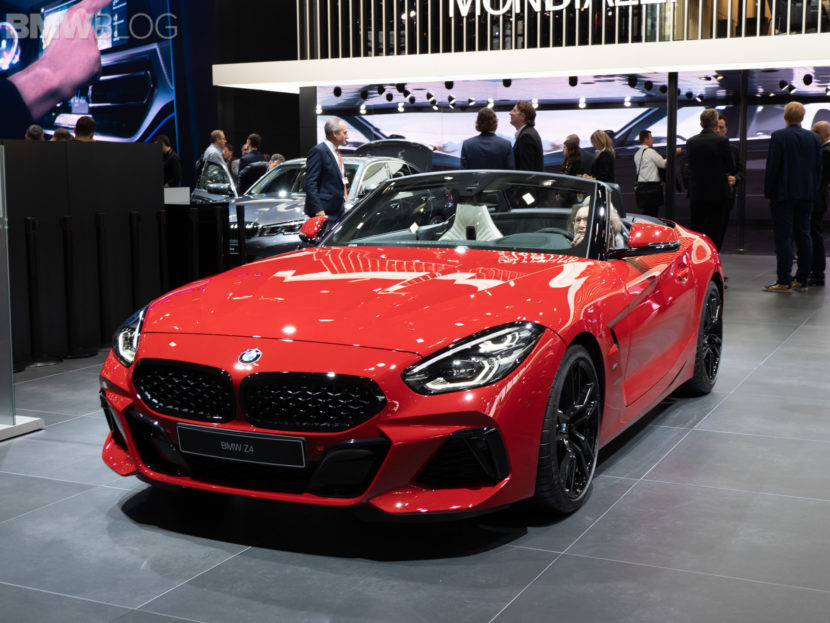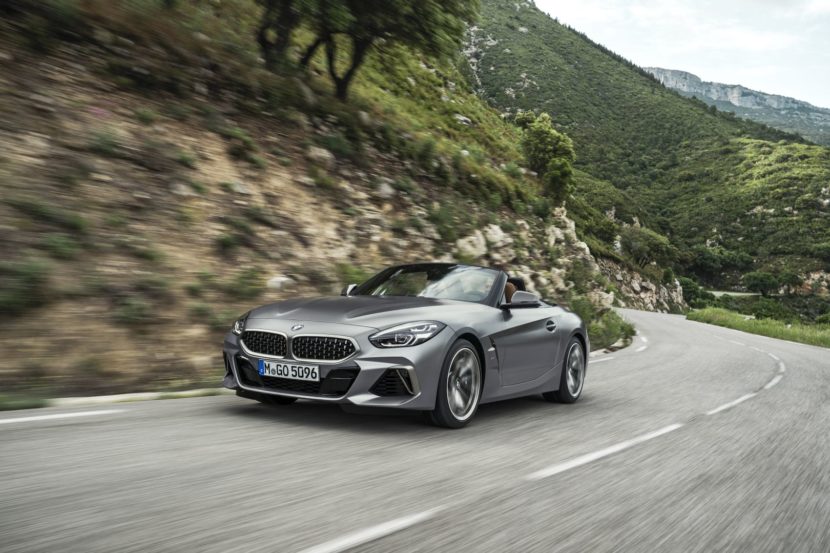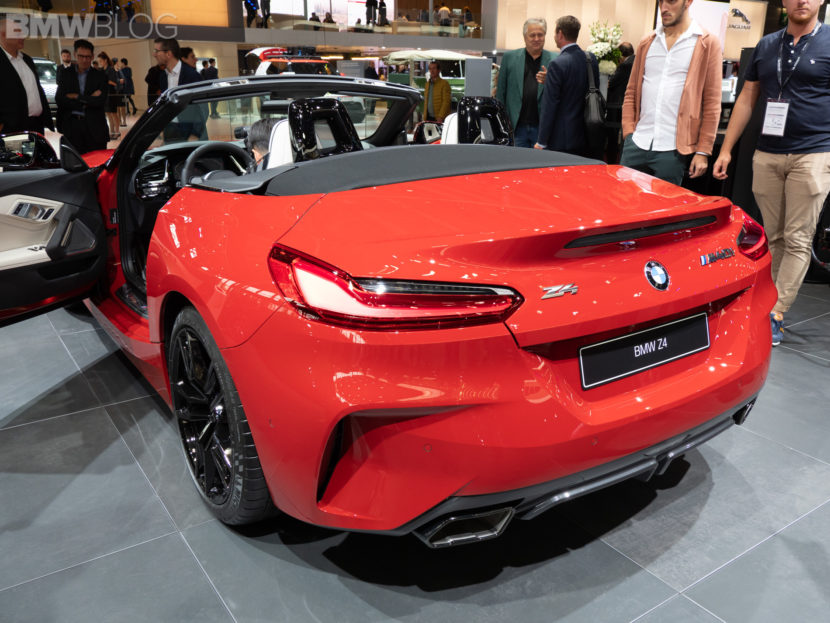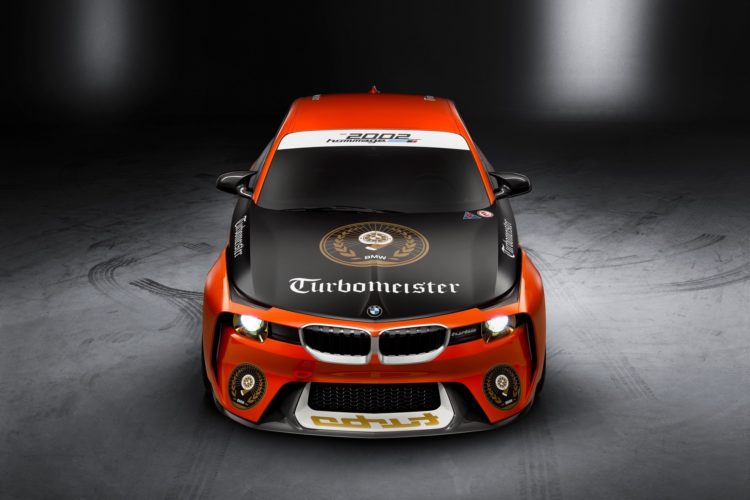Aside from the new 3 Series, the next most controversial car to come from Bavaria recently is the new BMW Z4. The brand’s latest roadster, which made its official debut at Pebble Beach, it’s the largest departure from BMW’s roadster style in ‘Z’ history. It’s also the first, and possibly only, BMW to be developed from BMW’s partnership with Toyota. So not only is its styling radically different than anything the brand has done before but it’s been co-developed with the iconic Toyota Supra.
While at the Paris Motor Show, we were able to sit down with the product and project managers behind the new BMW Z4, Andreas Ederer and Michael Wimbeck, to discuss the newest roadster, its styling and its relationship with the Supra.
One of the main questions we had for Ederer and Wimbeck was about the ever shrinking roadster market and the Z4’s place in it.
“First of all, the roadster segment is a segment that BMW has always been active in. We do have quite a big number of customers who expect BMW to build roadsters,” said Ederer. “The other thing is, when you look at the market, there are players that will no longer bring a successor [to their current roadsters].”
He mentions the possibility of both the Audi TT Roadster and Mercedes-Benz SLK being in their last iterations. So, basically, BMW wants to be the only game in town for roadsters.
But we know what you really want to know about — the collaboration between BMW and Toyota. The two brands have had this car under production for years now and there have been countless rumors about what fruits the partnership might bear. So we got straight to it and asked both Ederer and Wimbeck about it.
While the car was mostly designed by BMW, with both cars using the same BMW-sourced engines, gearboxes and technology. However, Ederer says that Toyota brought quite a bit of its own bits for the Supra. “Toyota brought their design, interior and exterior, also their philosophy when it comes to engine mapping, suspension and so on,” he said.
A lot of enthusiasts, mainly Toyota’s, are sort of upset at the fact that both cars are so similar, sharing even basic interior bits, mostly borrowed from BMW. However, Ederer says there’s good reason for that. “You really have to make a judgement, whether it’s worth it or not, for such a little number of cars, to make a separate iDrive controller or gearshift lever.” So the answer as to why Toyota’s Supra looks so similar to the Z4 on the inside simply comes down to cost and pragmatics.
So how are the cars different?
“I haven’t driven the Toyota,” Ederer said. “But I can tell you about the Z4. When you compare it to other roadsters or even coupes, one thing that comes to mind, the Z4 for the first time is a very rigid sports car.” Convertibles typically have a bit of shimmy and shake over rough pavement, due to their inherent lack of structural rigidity compared to their coupe siblings. According to Ederer and Wimbeck, the Z4 lacks that shimmy and shake.
Another one of the big headlines surrounding the new BMW Z4 M40i was the fact that it set a faster lap time around the Nurburgring than the BMW M2, a fan favorite sports car. So we wanted to know if it was the U.S.-spec version (which is more powerful, making 382 hp compared to Europe’s 335 hp version) or not. “European-spec” said Ederer. That means the punchier U.S.-spec car will be even faster. Music to our ‘Merican ears. The exhaust is also louder here.
So is that Z4 M40i just a big engine in a small roadster, sort of like how the E89 BMW Z4 sDrive35i was, or is it a proper sports car, designed as such from the ground up?
“The car is built around the tires (bespoke rubber from Michelin). We have a completely new front axle, that is close to the M4’s, we took the kinematics from the M4,” said Wimbeck. “A lot of aluminum components, especially in the front of the car. The front axle is aluminum. With all of the weight saving measures in the front, and the engine is 70mm closer to the center of the car, we have an absolute 50/50 weight distribution. And these are the perfect genes [for a] sports car.”
While the Nurburgring lap times are great for bragging rights, Wimbeck says it wasn’t BMW’s intention to make it a track monster. Instead, the BMW Z4 team was far more focused on driver engagement and enjoyment, whether or not it put smiles on faces. The lap times are just a bonus.
So the new BMW Z4 M40i will be a proper driver’s car, not just a hot-rod version of a comfy cruiser.
“We now have the electronically-controlled differential, we have bigger brakes, we have a more rigid body structure,” said Wimbeck. “It has a lot more than its predecessor.” That rear differential will also be the same component as the one found in the BMW M340i, just with its own software mapping.
Another big question for the duo, one that tons of fans are asking, especially in the U.S., was where is the manual gearbox?
“The [sDrive]30i and [M]40i will only come with a sport automatic,” said Ederer. “The 20i will come with a manual gearbox as standard”. If you’re in Europe, don’t expect the manual until 2019, though.
We tried to urge them both to consider a manual for the BMW Z4 M40i in America, considering how height the take-rate is on the manual M2. We may have exaggerated its numbers a bit but you can’t fault our effort.
What other important bits about the Z4 we should know?
“Something very important is that we returned to the soft-top,” said Ederer. “That has various reasons; weight; center of gravity; trunk volume — that is a big advantage”. That soft top opens in ten seconds as well. “[These] modern soft-tops are so quiet, the acoustic comfort is even better than what we’ve had in the predecessors,” he continued.
So the BMW Z4 is not just some pretty roadster, designed to cruise in style. It’s designed to be a genuine driver’s car, something that enthusiasts will want to own. We can’t wait to get it on U.S. soil and sample the most powerful version.


